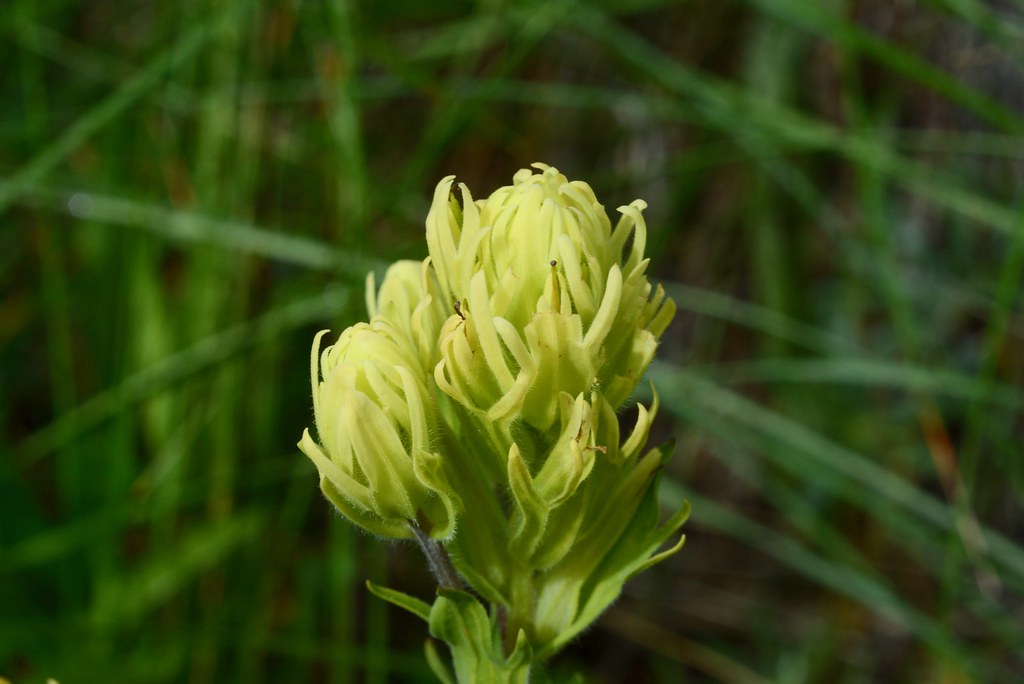

The New York Botanical Garden, Bronx, New York.

#CASTILLEJJA YELLOW PAINTBRUSH MANUAL#
Manual of Vascular Plants of Northeastern United States and Adjacent Canada. A Field Guide to the Northeastern United States. The populations have declined substantially since then and will likely remain in low numbers.Ĭlemants, Steven and Carol Gracie. This species was most common in New York from the 1880s through the 1920s when there was much more open prairie-like habitat that has since regrown to forest or has been developed and farmed. The three smaller sites have not been resurveyed and their status is unknown. Short-term TrendsĪt the two large sites in the state the plants are remaining stable. There are 20-30 historical occurrences mostly from the 1880s through the 1920s. There are two large and three small populations and all of them are threatened in the long term by invasive species and habitat succession. Even though it may be difficult to grow because of its need for certain host plants the seeds are available through various wildflower nurseries. The moving around does not stop there as the genus Castilleja has recently been transferred with other hemiparasitic members of the family Scrophulariaceae into the family Orobanchaceae. The genus Castilleja was named for Domingo Castillejo, Spanish botanist and Professor of Botany in Cadiz, Spain, in 1782 by Jose Celestino Mutis in Linnaeus' son's book Supplementum Plantarum. It was later transferred to the genus Euchroma in 1818 and finally to the genus Castilleja in 1825. Castilleja coccinea was first described as a new species in 1737 by Linnaeus who placed it in the genus Bartsia.


 0 kommentar(er)
0 kommentar(er)
